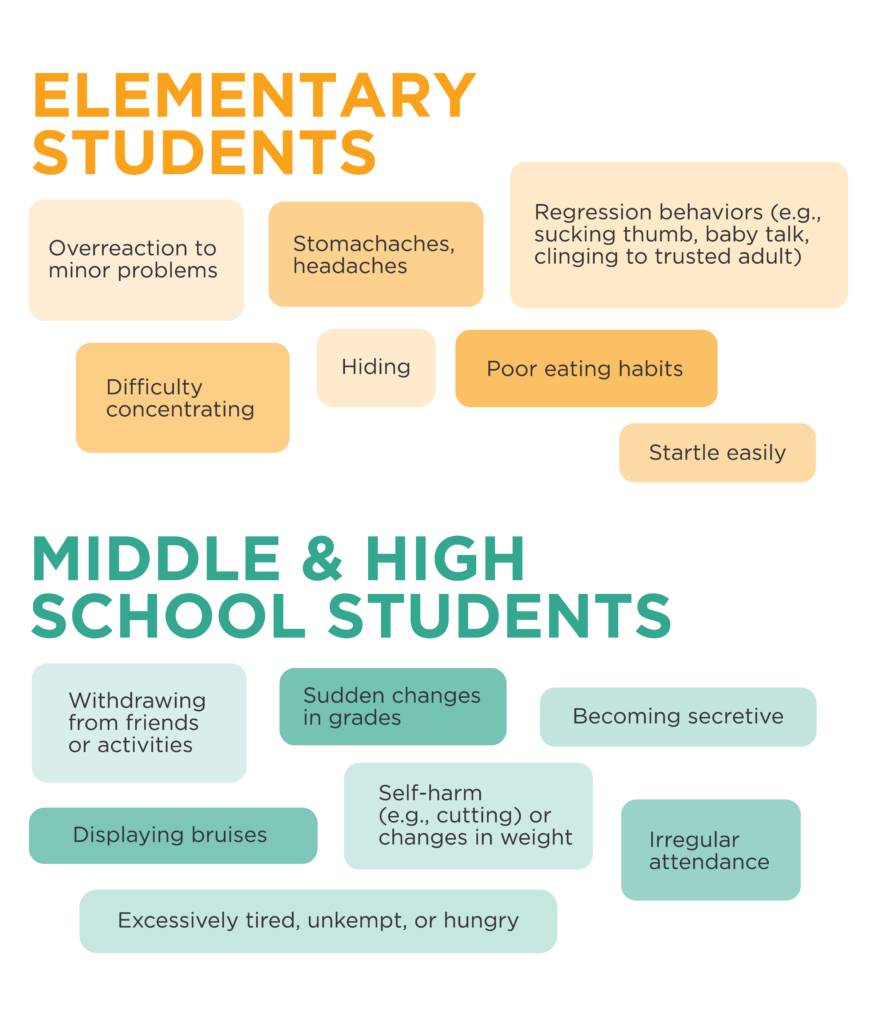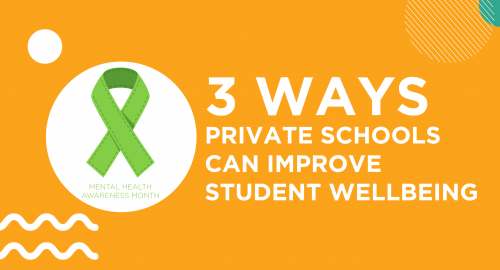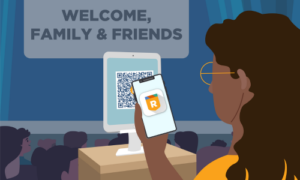Listen to this blog
4 minutes
Private schools, like all educational institutions, face a range of challenges when it comes to addressing student mental health needs—but there are also challenges unique to private schools.
This may include limited access to resources and funding when compared to public schools, making it difficult to provide adequate mental health services to students. As a result of those limitations, providing access to trained mental health professionals is a costly resource that is not always an option. And nuances within the school community’s culture—such as the stigma around mental health or even the stress from high academic expectations—create challenges to supporting students struggling with anxiety, depression, or other mental health issues.
Being the instrument to improving student wellbeing
Early intervention is the most important and effective way to support a student who may be experiencing challenges they are not equipped to manage. Being able to recognize a student in the initial stages of distress empowers schools to reduce that child’s exposure and give them the support they need to cope and heal.
There are a range of challenges when it comes to addressing student mental health needs—however, by working to overcome these challenges and prioritize the mental health of their students, private schools can create supportive and nurturing environments that promote student wellbeing.
Strategies and tools available to help private schools address their students’ mental health needs include:
1. Staff training and counseling services
Provide staff training on mental health issues, including how to recognize warning signs as well as how to respond to them. This can help ensure that all staff members are equipped to support students who are struggling with mental health issues.
Private schools can also provide counseling services to students with on-site counselors through faith-based or community organizations or by partnering with external mental health providers. This can provide students with a safe and supportive space to talk about their concerns and receive guidance and support.

2. Technology tools
Leverage technology tools such as mental health apps, online support groups, and teletherapy platforms to connect students with additional mental health support and resources.
Using a tool such as Raptor’s patented StudentSafeTM technology empowers your staff with the ability to document and share their concerns about a student’s wellbeing with the school’s counseling team. StudentSafe brings together the systems that help schools recognize, document, support, and manage the wellbeing of individual students. With safeguarding and behavioral threat assessment (BTA) methodologiesworkflows, StudentSafe uses proven methods to help schools recognize a student in need of early intervention.
3. Wellness initiatives and programs
Wellness initiatives that promote physical activity, healthy eating, and stress reduction can help students develop healthy habits and reduce stress, improving their overall wellbeing.
By also providing programs like mental health education as well as peer support groups, private schools can further reduce stigma, educate students about mental health, and increase student connectedness as they benefit from conversations with peers facing similar struggles. Additionally, it’s important to work with your school’s Board to set aside annual funding for all these services, technologies, and programs.
Raptor can help
By implementing a comprehensive approach that includes staff training and counseling services, technology tools, and wellness initiatives and programs, private schools can create supportive environments that prioritize the mental health and wellbeing of their students.
Raptor’s experts can help you maximize your school safety and wellbeing funds. To learn more about how Raptor can help you support your students, talk to a school safety software resource today.
Related Resources
Guide to K-12 Student Wellbeing
Strategies to Recognize, Document, and Support Students in Distress
Listen to this blog
4 minutes








